Know your Asian Noodle – The Basics
Noodles, one of the most delicious creations in the world. If you’ve ever browsed the Asian aisle at the grocery store or visited an Asian grocery store, you know that it’s not easy to find your way around because there are so many varieties. If you want to learn more about the different types of noodles, then this article is for you! Here are the five types that I consider ”basic”: Soba, Ramen, Udon, Rice Vermicelli, Egg noodle.
Read on for the description of each and how to use them.

Ads
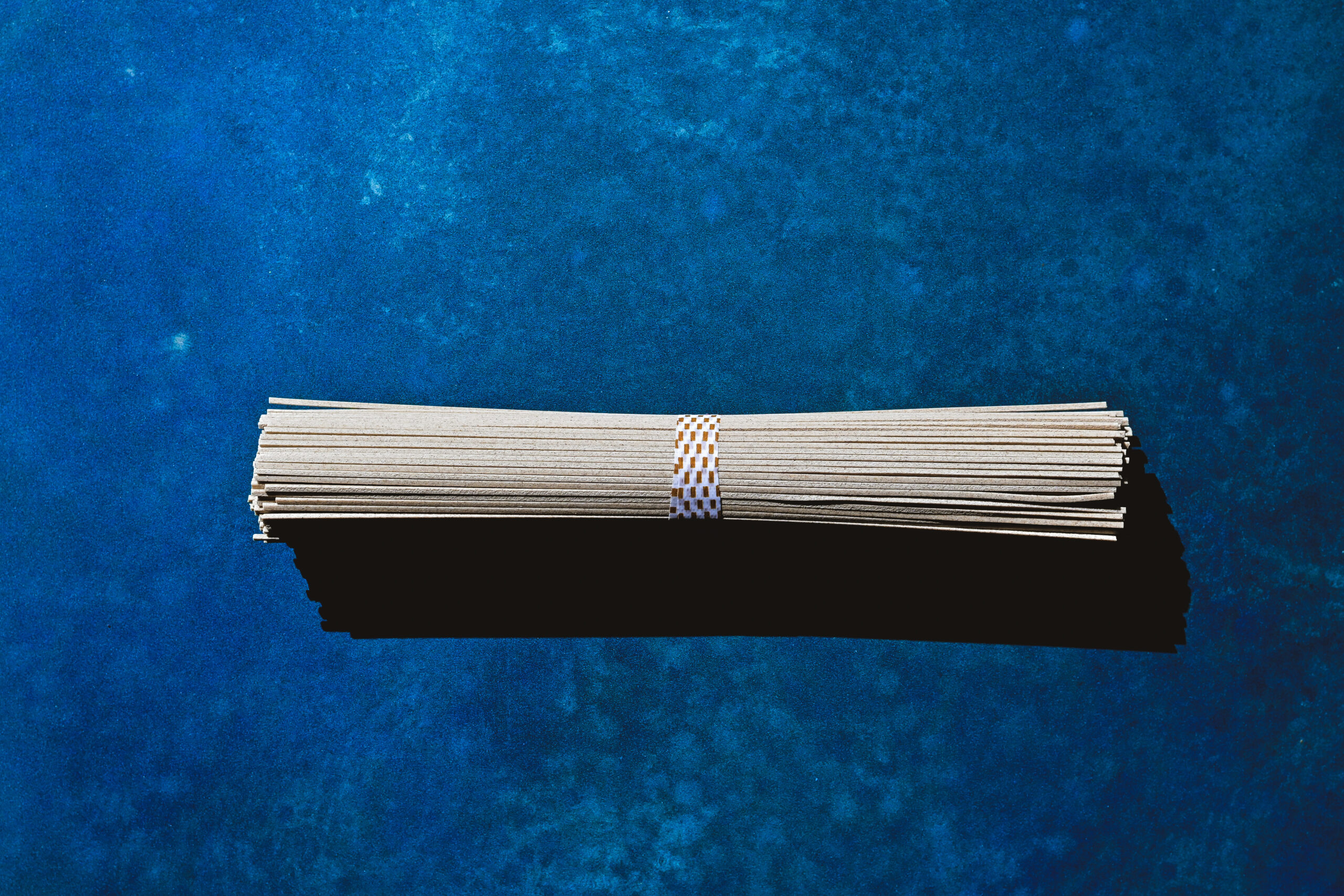
SOBA
Origin : Japanese
Ingredients : Buckwheat flour with sometimes a little wheat added
Shape : Long, dark and thin with a nutty taste
In store : Often sold dry, more difficult to find fresh
Cooking :
Dry – plunge into boiling water 5-6 min.
Fresh – Plunge into boiling water 1-2 min.
Serve hot or cold
In dish : In soup, salad, stir-fry or in a sauce
Traditional dishes : Mori/Zaru Soba, Kake Soba, Tempura Soba, Kitsune Soba…
My favorite dish : Dipped in soy sauce, green onions and toasted sesame oil.
Recipe Le Coup de Grace : Asian Soba Noodle Salad
________________________________
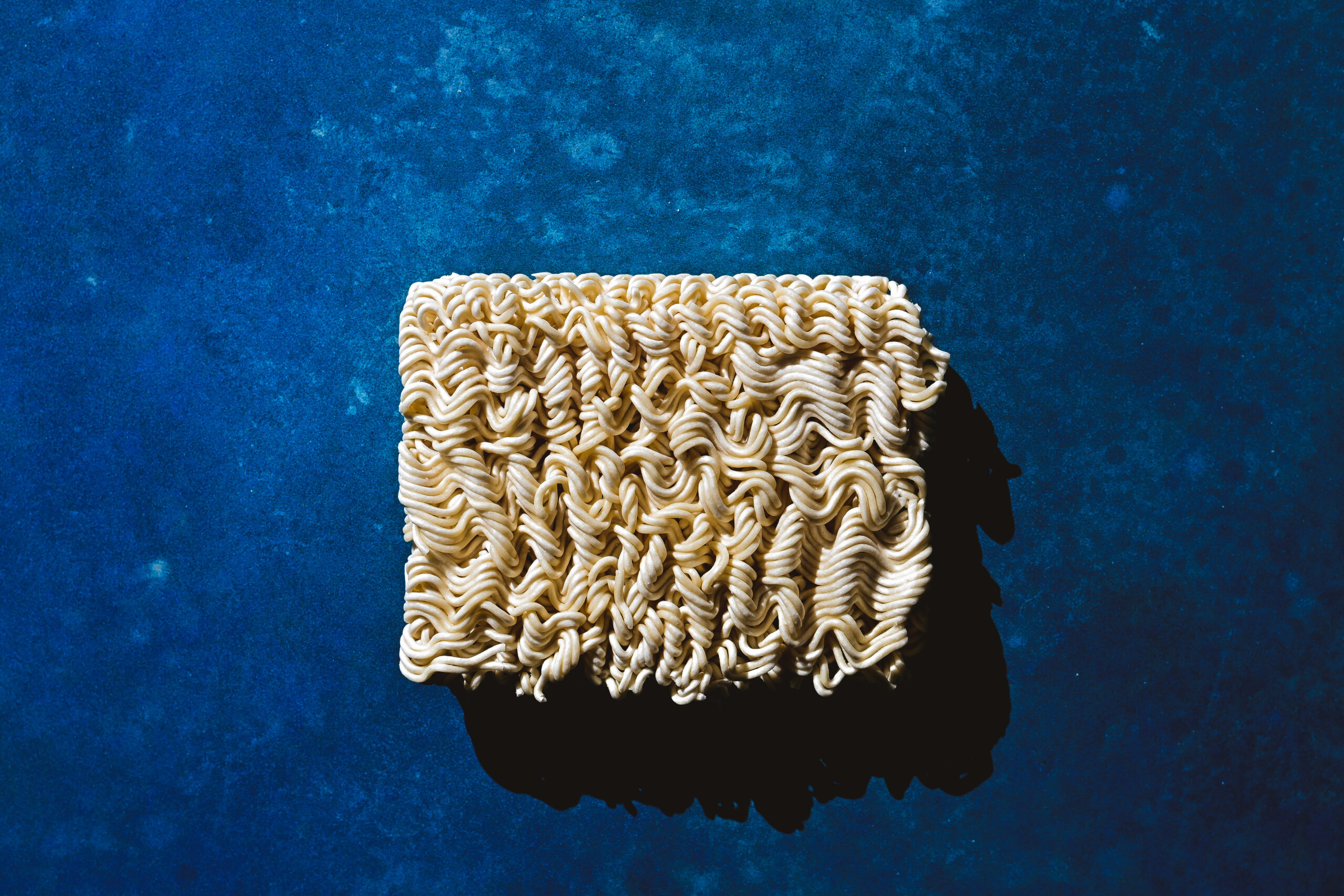
RAMEN
Origin : Chinese, but very popular in Japan
Ingredients : Wheat flour and an alkaline agent (traditionally kansui)
Shape : Straight or wavy, of various thickness and length
In store : Sold dry, steamed or fresh
Cooking :
Dry – Plunge into boiling water 3-4 min.
Fresh – Plunge into boiling water 2-3 min.
In dish : In soup, salad, stir-fry or in a sauce
Traditional dishes : Shoyu Ramen, Shio Ramen, Miso Ramen, Tonkotsu Ramen…
My favorite dish : With a white coconut-miso broth, toasted sesame oil, green onion and
cheese or fried in the airfryer.
Recipe Le Coup de Grace :
Miso ramen soup with mushrooms, vegetables and grilled tofu
Beef and broccoli noodles
________________________________
Ads
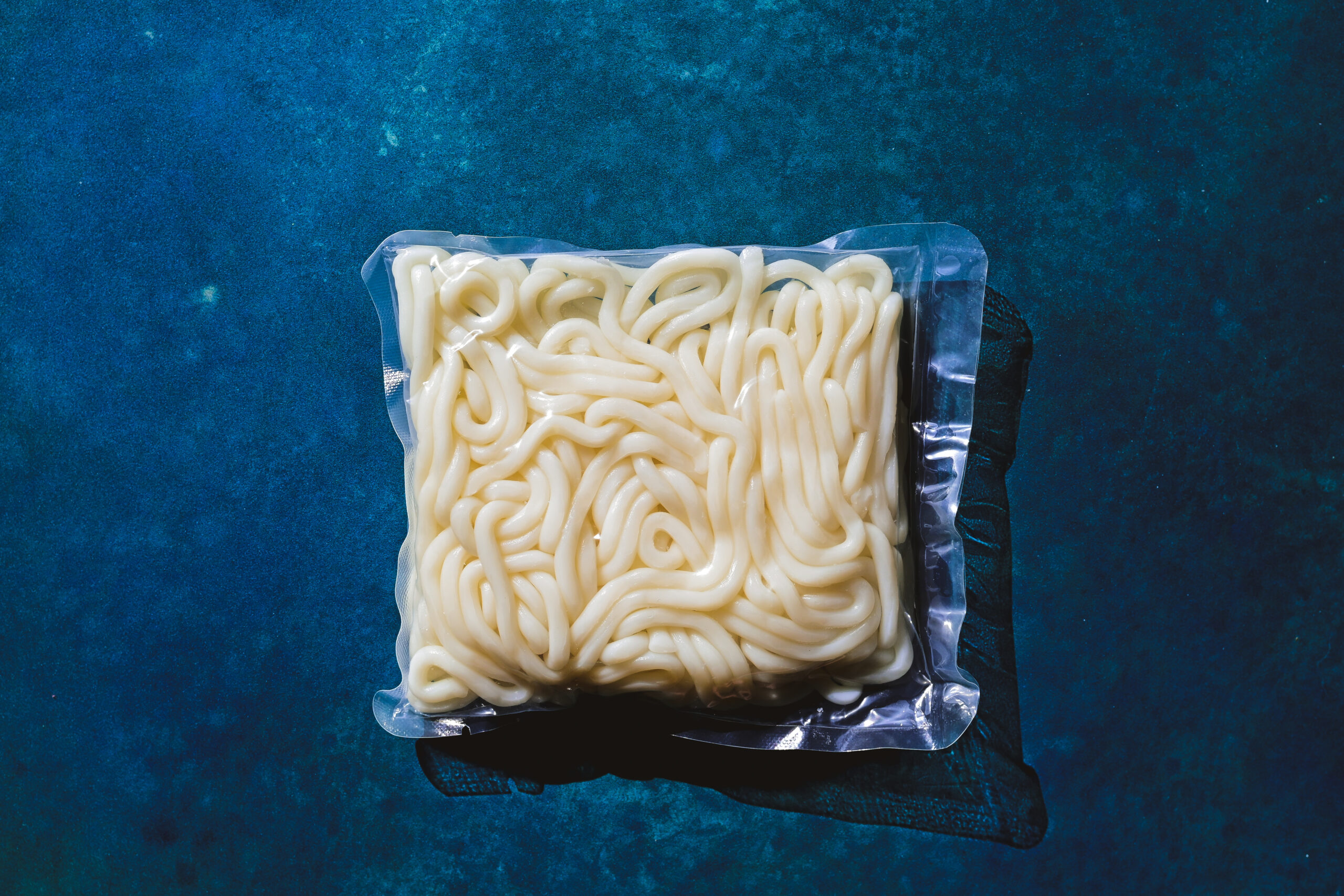
UDON
Origin : Japanese, but very popular in China
Ingredient : Soft wheat flour
Shape : Thick (2 to 4 mm), soft, chewy and filling
In store : Often sold vacuum packed fresh or frozen
Cooking:
Dry – Plunge into boiling water 8-9 min.
Fresh – Plunge into boiling water 10-12 min.
Frozen and pre-cooked – Plunge into boiling water 1 minute.
Serve hot or cold
In dish : In soup, salad, stir-fry or in a sauce
Traditional dishes: Wakame Udon, Tsukimi Udon, Bukkake Udon, Kare Udon…
My favorite dish: In a dish made with oyster sauce, dark soy sauce and
minced meat (Yaki Udon)
Recipe Le Coup de Grace:
Pork udon noodle stir fry
Shrimps and pork asian soup
________________________________
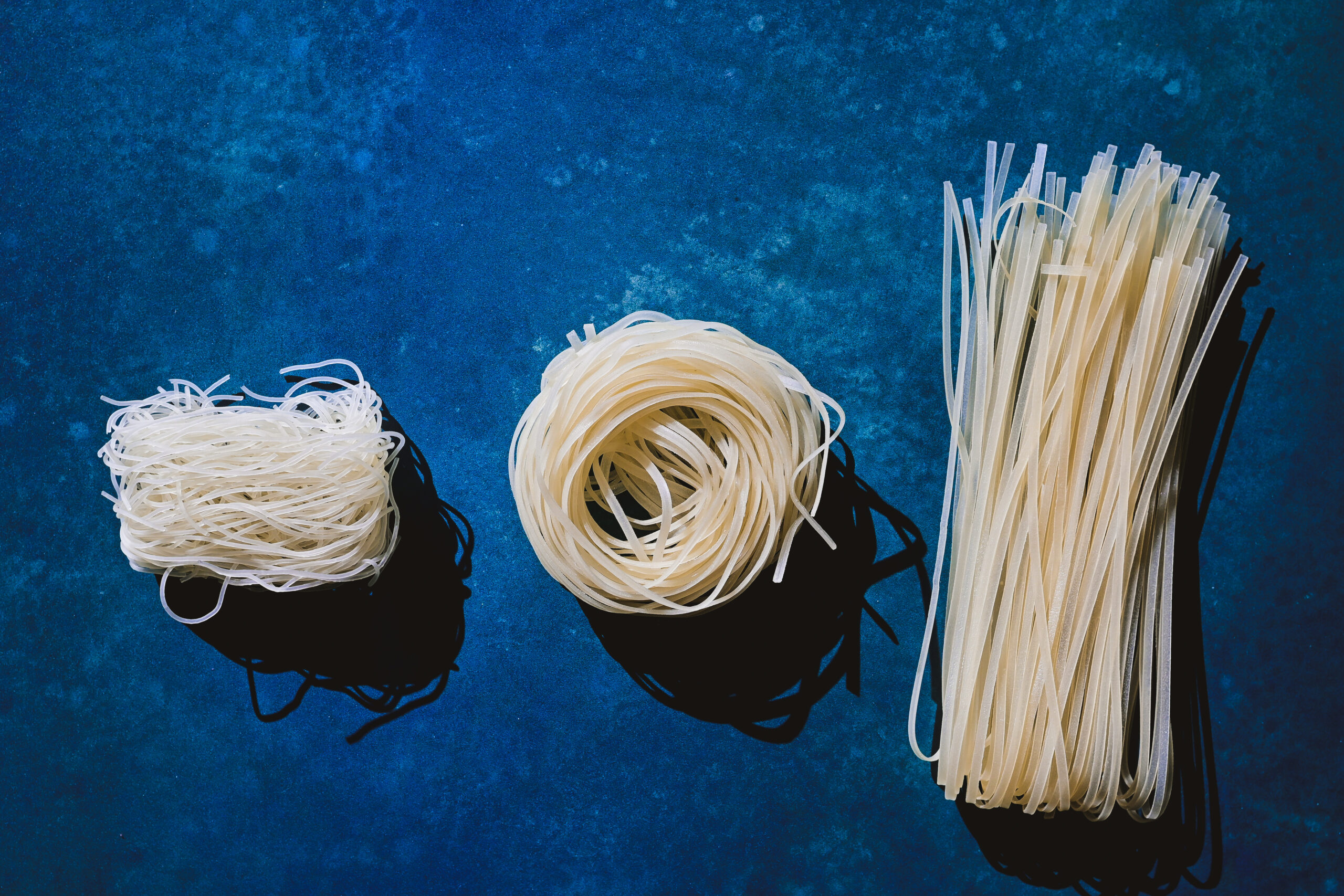
RICE VERMICELLI and NOODLES
Origin : Chinese
Ingredient : Rice flour
Shape : Very fine, medium or large
In store : Sold dry
Cooking:
For small vermicelli – Dip in hot water 3-4 min.
For large vermicelli – Dip in boiling water for a few minutes.
Serve hot or cold
In dish : In soup, in salad, in stir-fry (Pad Thai), in spring rolls
Traditional dishes : Singapore noodles, Pad Woon Sen, Pad Thai, Pad See Ew,
Beef Stir-Fry…
My favorite dish: In a tomato broth with a poached egg
Recipe Le Coup de Grace:
Singapore Noodles
Garlic and ginger soup
Tonkinese Beef and Shrimp Soup
________________________________
Ads
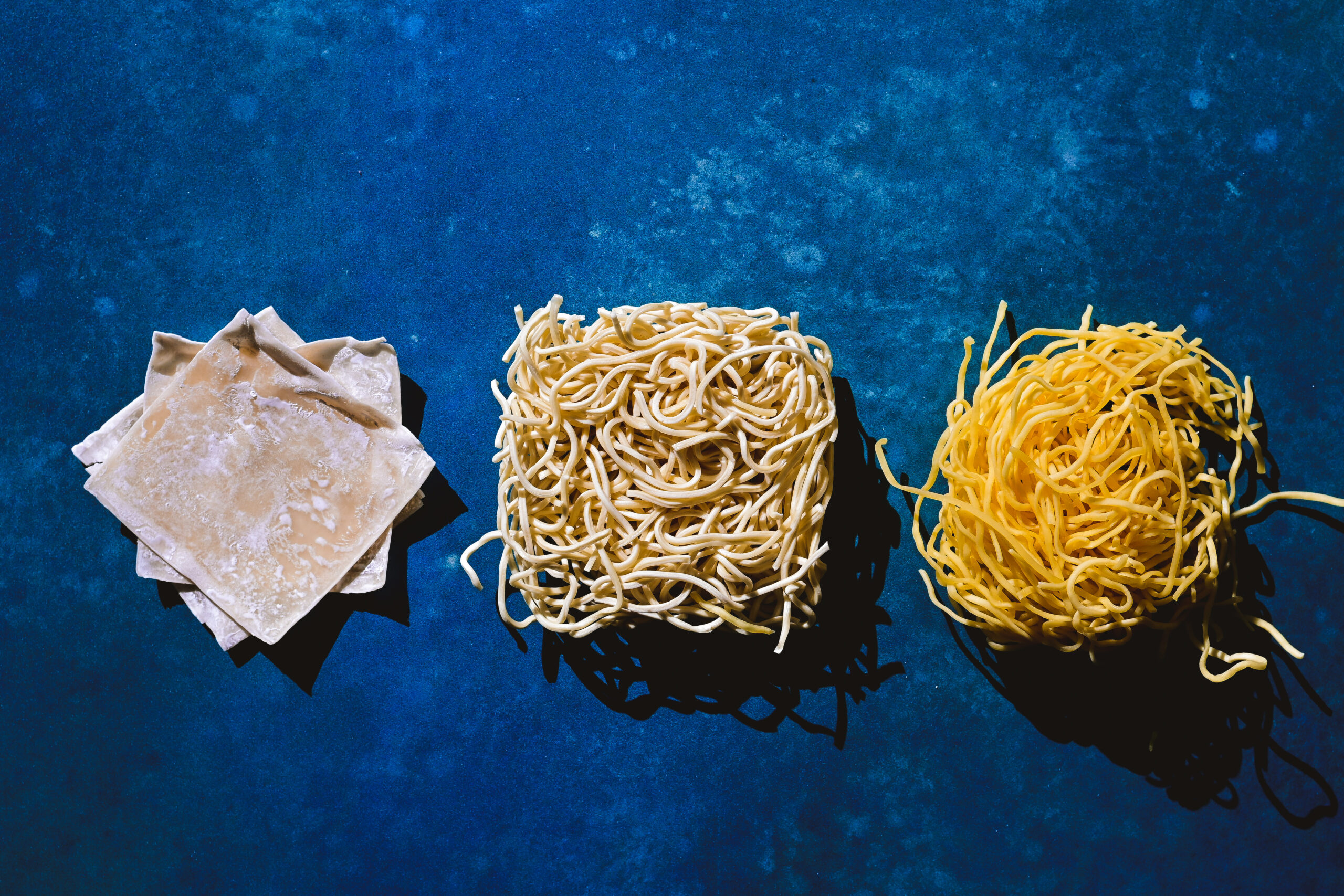
EGG NOODLE and WONTON
Origin : Chinese
Ingredients : Wheat flour and egg
Shape : Available in several shapes
In store : Available in many shapes
Cooking :
Fresh – Plunge into boiling water 1-3 min.
Dry – Plunge into boiling water 3-5 min.
If you eat them immediately, there is no need to rinse them in cold water.
In dish: In soup, salad or stir-fry
Traditional dishes: Lo Mein, Chow Mein, Wonton Soup, Singapore Hokkien Mee…
My favorite dish: Sautéed in a wok with a sauce and vegetables.
Recipe Le Coup de Grace:
Chicken Chow Mein
Beef and broccoli noodles
